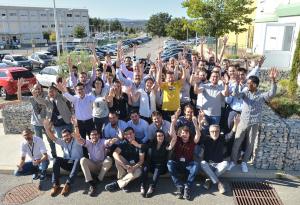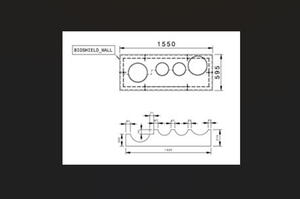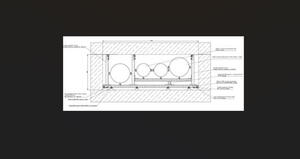A new team of problem solvers
Integrating the many systems that make up the tokamak machine is a lot like delivering a clash-free layout for the engine room of a modern nuclear submarine, only on a much grander scale. Introducing the HIT team—a group of engineers, designers and contractors that has been selected to take a hard look at the overall integration of systems in ITER's main nuclear buildings and to propose solutions for clashes and constructability issues.
The initial design concept proposed stainless steel frames to support the placeholders—each one machined off site to match the particular layout requirements of each opening (see diagram, above). "This solution seemed to present a long list of disadvantages," says Caroline Dixon, technical lead for the ENGAGE team developing detail design of the backfilling of the openings. "Each frame had to be custom designed; manufacturing was costly and time consuming; and the weight of the final frames—up to 500 kgs—would have made specialized handling tooling necessary in the Tokamak Complex."




